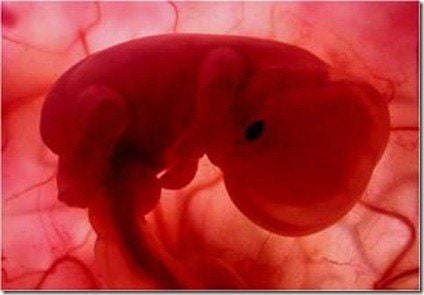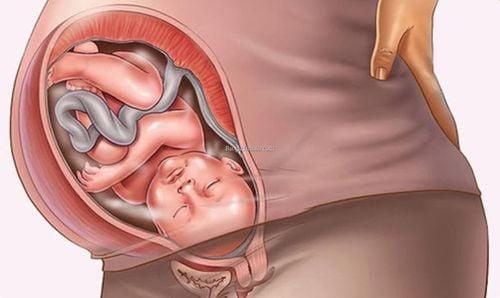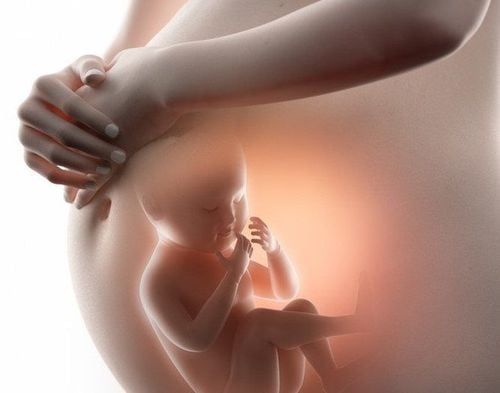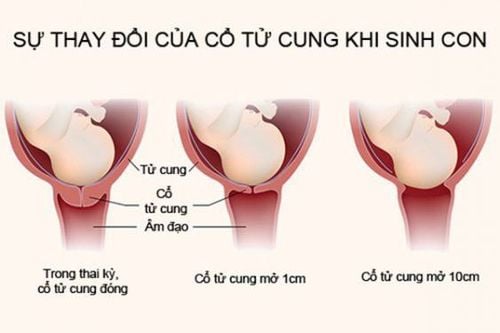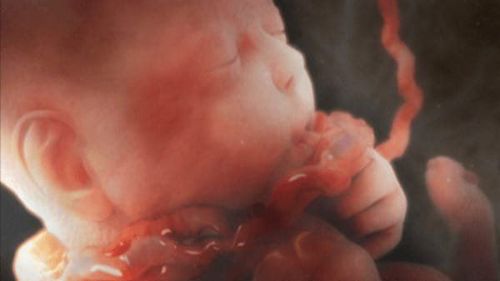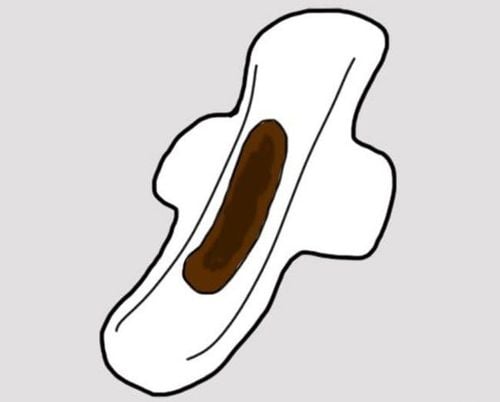This is an automatically translated article.
The article was professionally consulted by Specialist Doctor Obstetrician and Gynecologist - Department of Obstetrics and Gynecology - Vinmec Hai Phong International General Hospital
Face position is the head position with the baby's face up to the maximum. Although the abdominal examination shows that the face-to-face pregnancy has the same longitudinal axis as the cephalic position, the delivery technique is much more difficult and complicated.
1. What is the face-to-face fetus?
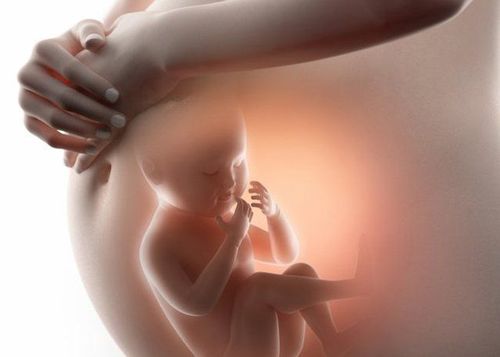
The face position is the head position with the baby's face up to the maximum, which can appear from the beginning or is a consequence of the head position when the baby does not bow well.
Face-to-face fetuses account for 0.2% of all positions during labor.
The landmark used to determine the position and position of the fetus when entering labor for the face-to-face fetus is the fetal chin. Therefore, the largest diameter of the fetus at birth is the diameter of the lower chin - anterior fontanelle with an average length of 9.5cm. The position of the face will determine based on the back of the fetus, the back of which side is on the opposite side. Accordingly, in terms of posture, the face will have four positions: left chin before, left behind, right before and right after. However, because the head has been tilted to the maximum, the face has only one type of window, which is the chin-guard type.
2. The cause of the baby's face
Causes of face shape include factors that cause the head to tilt or prevent it from bowing well:
On the mother's side, the cause may be a mismatch between the fetal head and the pelvis when the upper waist narrows or Large fetus is the most important feature. In addition, due to multiple births, the mother has tumors in the pelvis such as uterine fibroids ...
On the fetal side, the fetus has a large neck, goiter, large breasts, fetal skull malformation.. . accounts for the majority of the face-to-face cases.
In addition, facial pregnancy is also caused by appendages such as the umbilical cord wrapped around the neck, low placenta, polyhydramnios...

3. Diagnosing the fetus with the face
During pregnancy, abdominal examination revealed a face-to-face similar to a cephalic position with the uterus lying along the longitudinal axis. The buttock pole is located at the bottom of the uterus. The lower pole is the head, solid, round and has two mounds, the high, round occipital mound and the lower chin mound, shaped like a horseshoe. The back is partially palpable and will be different from the crown when the deep groove between the back and head is still palpable, which is the nasolabial fold, also known as the "axe-shy" sign. The fetal heart is heard in the opposite direction to the mother's back, below the mother's navel.
During labor, if the amniotic fluid is still high, vaginal examination will be difficult to feel the face. When the amniotic membrane has broken, the cervix is dilated, vaginal examination with palpable mouth, nose, cheekbones, and roof of the eyes will help determine the face.
4. Mechanism of birth and how to handle it when giving birth to a baby with a face
During pregnancy, under the effect of uterine contractions, the forehead begins to enter the pelvis, the head is tilted up to the maximum to help the diameter of the lower chin - anterior fontanelle to enter the diagonal diameter of the upper waist, in the fashion. symmetry.
During descending and rotation, if the chin is anterior, under the action of the levator anal muscle, the chin will be pushed towards the lower border of the scapula. After that, the fetal neck needs to cross the back of the spondylolisthesis so that the shoulder can enter the subframe to prepare for a gradual bowing of the head. On the contrary, if the position of the chin is posterior, the fetal neck must be rotated more to help the shoulder fit.
During the birth, the baby's chin and mouth come out to the mother's vulva, the area under the chin will rest on the joint for the head by bowing to turn the nose, eyes, forehead, occipital and finally the chin.
Because of the above characteristics, the first thing when delivering a face-to-face delivery is to see if the pelvis is narrow or not. If in doubt, pelvic radioluminescence should be performed. Indications for cesarean section will be made if there is evidence of cephalo-pelvic disproportion.
In the case of a normal pelvis, anterior chin, the doctor or midwife should try to keep the amniotic membrane intact until the cervix is fully dilated, waiting for natural birth. If labor is prolonged, assisted delivery with forceps may be used. With the posterior chin position, the fetus can still be delivered vaginally if it rotates into the anterior chin during labor. If chin rotation fails and the fetus is alive, a cesarean section is required.
For modern medicine, the classical techniques to cope with the delivery of the face such as turning the face into the crown, using hands or forceps to rotate the posterior chin into the anterior chin, the procedure of fetal rotation, and the fetal pull are no longer available. is applied because it causes too much serious and dangerous trauma for both mother and child.
5. Prognosis of a baby born with a face
Face-to-face labor is generally more difficult and time-consuming than cesarean delivery. The lower uterine segment formed more slowly, the cervix also cleared and dilated slowly, and the membranes were more likely to break earlier.
As for the mother, the software is easily torn because of the large diameter of the face. Early rupture of membranes increases the risk of subsequent infection.
About the fetus, babies born with the face will have a face that is not as round as the crown due to edema, and at the same time, the skull will also be deformed a lot, especially lengthwise. Besides, if the labor is too long, causing the fetus to asphyxiate, it will make the prognosis quite bad, the mortality rate is about 2.5 to 5% even though the fetus is full term.
In short, face-to-face is an abnormal form of fetal position, making the birthing operation highly risky. Therefore, it is necessary to understand the principles of handling when the fetus is face-to-face so that the delivery takes place smoothly and safely for both mother and child.
Please dial HOTLINE for more information or register for an appointment HERE. Download MyVinmec app to make appointments faster and to manage your bookings easily.
Reference source: emedicine.medscape; spinningbabies.com




